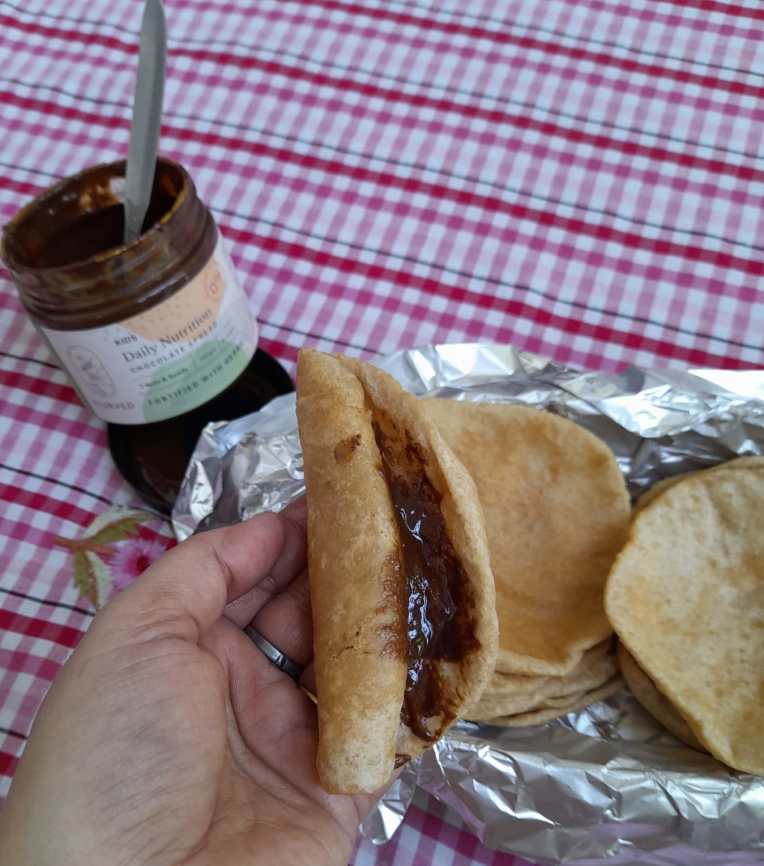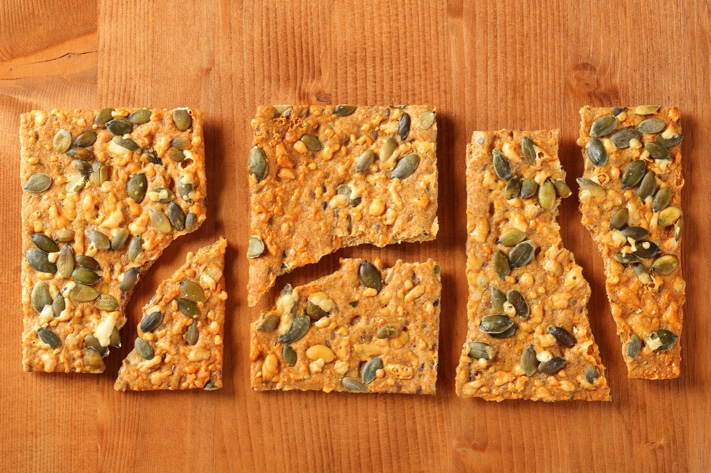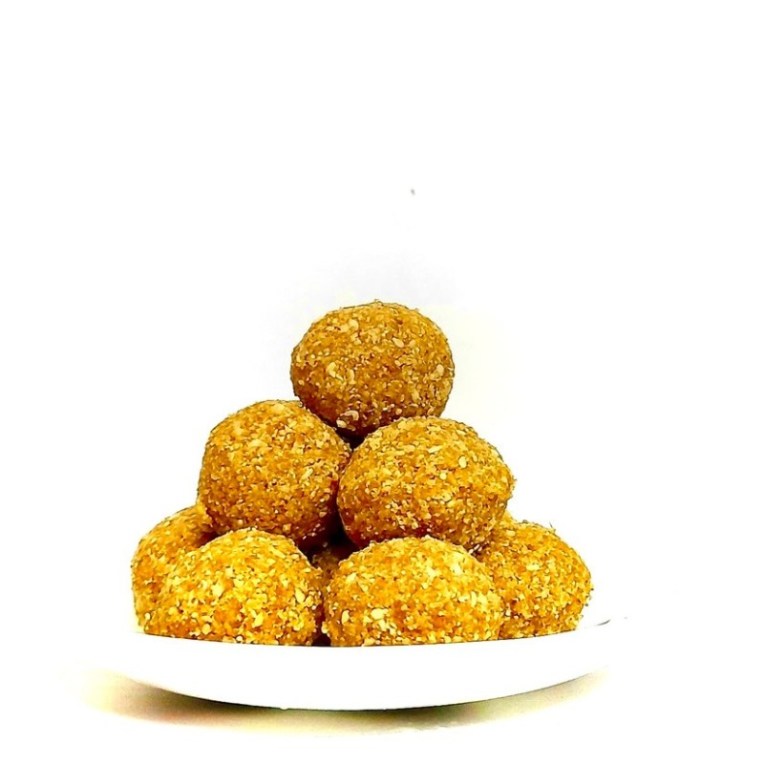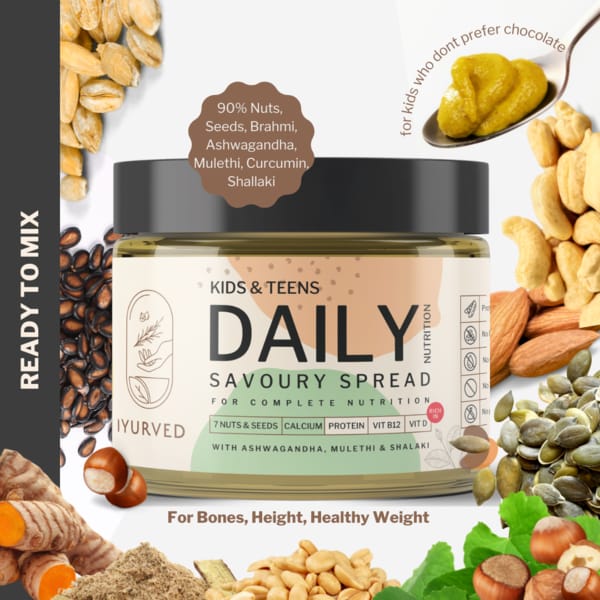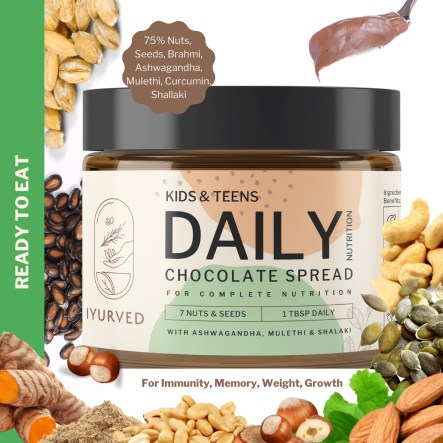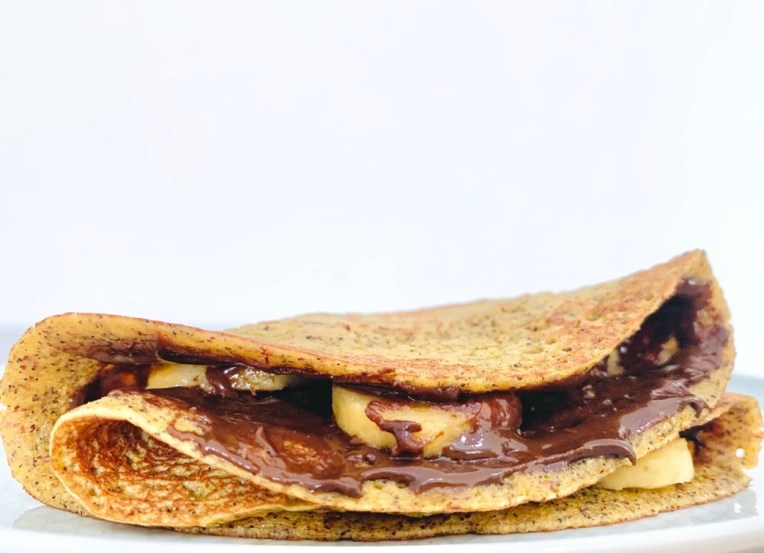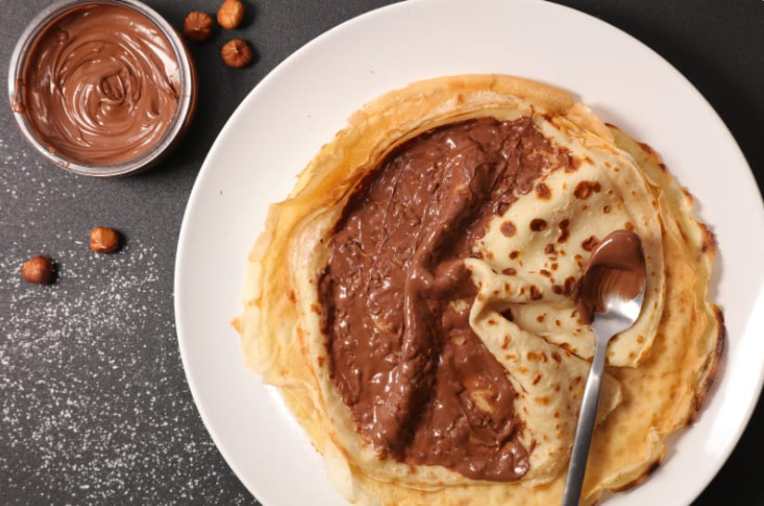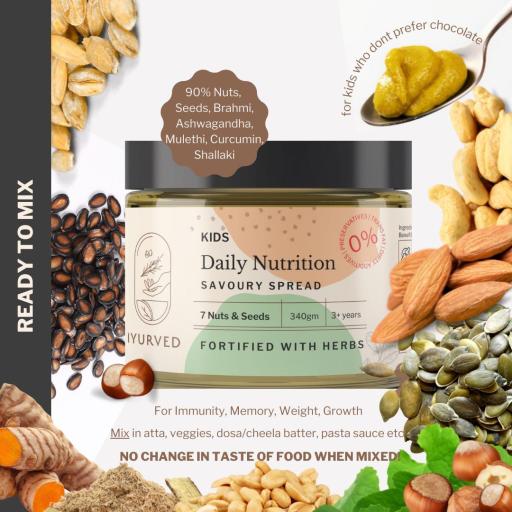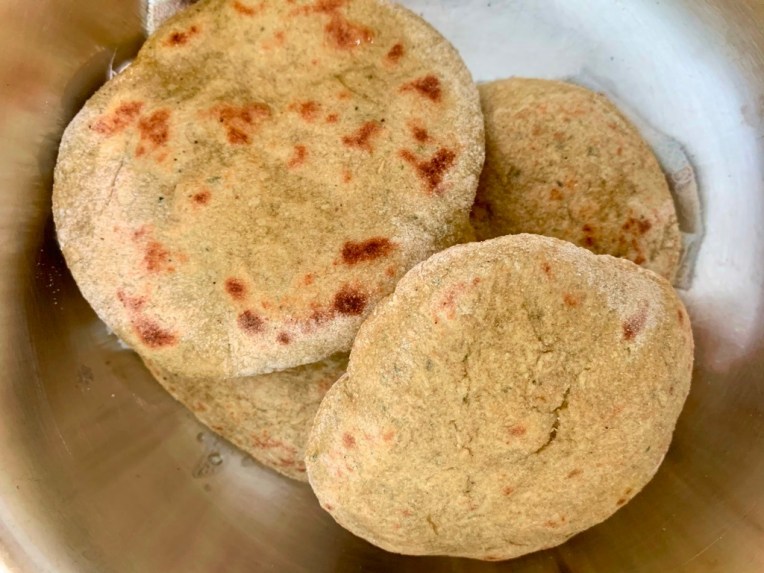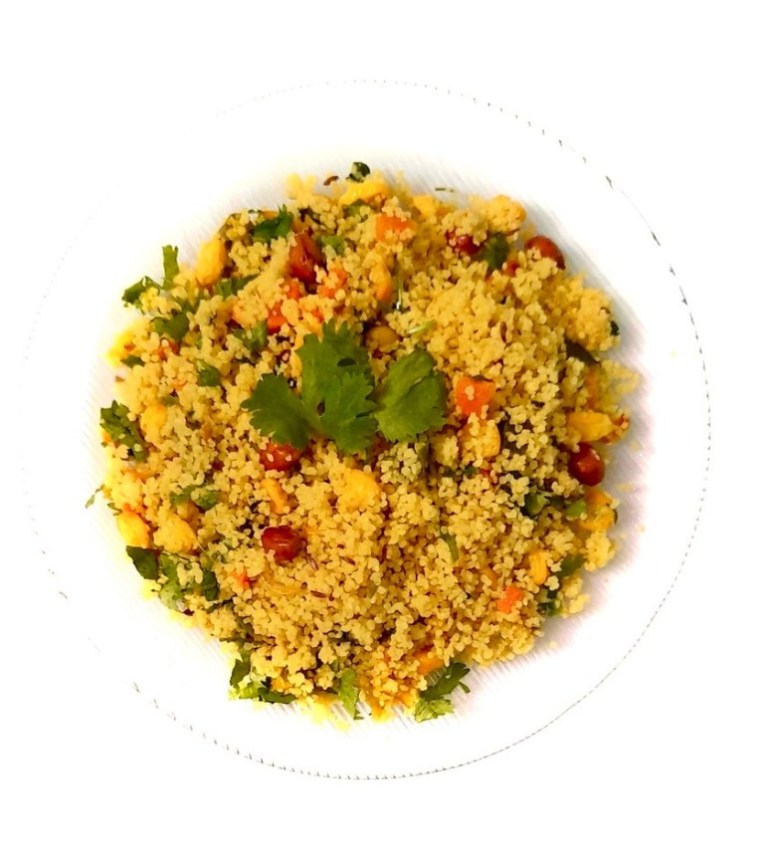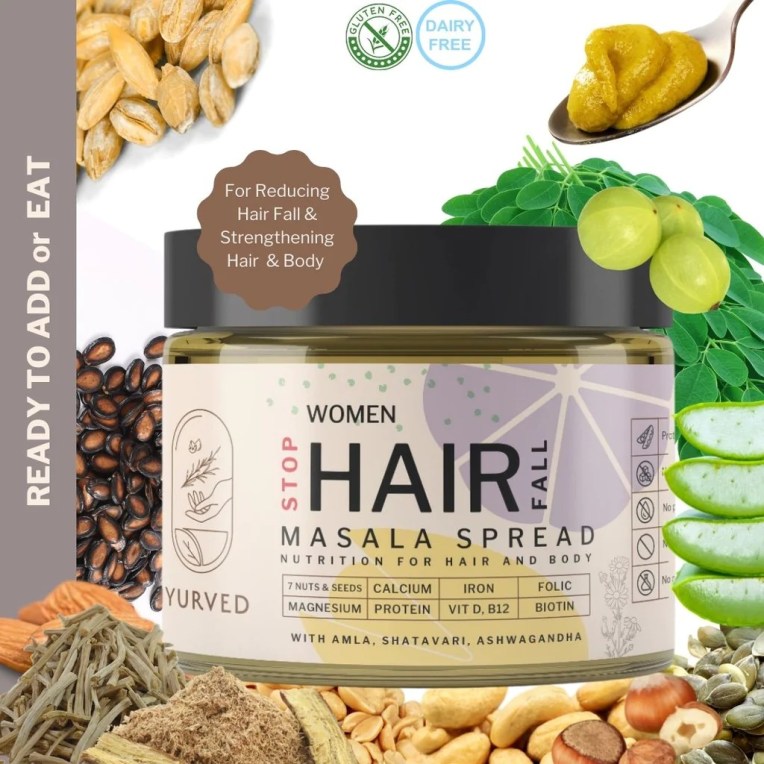Soups are a nutritious, tasty, and readily digested comfort feed for babies, toddlers, and children. Soups are also the greatest option if your child is a picky eater or refuses to eat veggies. They might also find it easy to gulp it down and enjoy every sip of the healthy recipe of soups. Soups also have a variety of uses, from clearing a clogged nose to serving as an appetizer to delighting the taste buds.
Benefits of adding soups in your child’s diet
Soups are an excellent source of nutrition not only for adults but also for infants. They are, in fact, the greatest food for choosy eaters and may be offered as appetisers to stimulate hunger before a nutritious and hearty dinner. Soups offer several health advantages when cooked fresh and consumed properly. (6 best immunity boosting drinks in winter for kids)
- The soup’s high water content compensates for your child’s body’s requirement for fluids.
- Soups can provide your kid with nutrients from veggies that he/she might not get otherwise, especially when several components can be mixed in a single soup.
- Adding medicinal spices to soups, such as pepper, turmeric, garlic, or cumin, provides medicinal benefits, which are beneficial at a time when illnesses are common.
- Thick or creamy soups might also aid in the weight gain of babies who are fussy about consuming solids.
- You may serve healthy recipe of soups for babies who are unwell with a cough, cold, or fever.
Things to keep in mind when making soup for your baby:
Before preparing soups for your babies, always keep these things in mind:
- Wash the veggies and fruits properly before preparing the soups.
- Serve the soups – hot and fresh. It’s best to eat the soups within an hour after making them.
- Start with 5-6 tsp and progressively increase the amount depending on the baby’s interest and tolerance.
- Soups with a high water content can be mixed with infant porridges or cooked rice.
- Spices can be added to soups after eight months. When introducing spices, introduce one at a time to avoid allergic reactions and upset stomachs.
- If your infant is allergic to any of the ingredients in the soup recipe, kindly leave it out while making it.
Healthy Recipe of soups for infants and toddlers
Here are 6 delicious and healthy recipe of soups that fit your child’s diet.
1. Apple and carrot soup
One of the first solid meals offered to newborns is apples and carrots puree. This recipe – apple and carrot soup is a delicious combination of nutrient-dense vegetables and fruit. It is the best breakfast for infants since it is high in antioxidants and fibre. ( Health benefits of carrot for kids )

Ingredients
- Apple (peeled) – ¼ cup
- Carrot (peeled) – ¼ cup
- Iyurved’s daily nutrition savoury spread – 1 tbsp
- Cinnamon powder – a pinch
- Water – 1 cup
Procedure
- In a pressure cooker, add carrot, diced apple, Iyurved’s daily nutrition savoury spread, water and cook for 10 minutes on a medium flame until all of the ingredients are well cooked.
- Cool and puree them.
- Finally sprinkle some cinnamon powder and serve!!
| 1 cup – 70 calories Additional nutrition benefits ( 1 tbsp of Iyurved’s daily nutrition savoury spread gives 126 calories with 5.36g of protein) |
2. Pumpkin soup
Pumpkins are high in important nutrients and trace minerals such as iron, calcium, magnesium, potassium, phosphorus, Vitamins C, A, E, K, folate, and riboflavin, making them an excellent source of immunity-boosting foods. This soup aids in the prevention of anemia and other winter illnesses. It can also aid with digestion, weight gain, and constipation in babies. (Foods for weight gain and overall growth in kids)

Ingredients
- Pumpkin – ¼ cup
- Onion (chopped) – 1
- Iyurved’s daily nutrition savoury spread – 1 tbsp
- Butter- 1 tsp (optional)
- Cinnamon powder – a pinch
- Coriander – to garnish
- Water – 1 cup
Procedure
- Peel the pumpkin and cut it into tiny pieces.
- Take a skillet, add the butter followed by onion, Iyurved’s daily nutrition savoury spread and saute well.
- Then, add the pumpkin cubes and cook until they start to brown.
- Add water. Allow the pumpkin to cook in simmer until it is totally soft.
- Cool and puree the pumpkin.
- In a another pan, combine the pumpkin puree and allow it to come to a gentle boil before turning off the heat.
- Serve with coriander leaves as a garnish.
| 1 cup – 72 calories Additional nutrition benefits ( 1 tbsp of Iyurved’s daily nutrition savoury spread gives 126 calories with 5.36g of protein). |
3. Vegetable moong dal soup
Moong dal soup is a delicious and nutritious dish for people of all ages, from newborns to the elderly. It is rich in protein, fibre and antioxidants. It is easy to digest, relieves constipation and can also help those who are recovering from sickness. (6 best foods for digestion and constipation in kids)

Ingredients
- Moong dal – ¼ cup
- Chopped vegetables (carrot, potato ) – ¼ cup
- Iyurved’s daily nutrition savoury spread – 1 tbsp
- Pepper powder – a pinch
- Coriander – to garnish
- Water – 2 cups
Procedure
- In a pressure cooker, add moong dal, chopped vegetables, Iyurved’s daily nutrition savoury spread and water.
- Cook in the medium flame for 4-5 whistles.
- Then, cool and puree the mixture using blender.
- To the above puree, add some water and bring it to a boil.
- Now, season with pepper and give a gentle mix and turn off the flame.
- Garnish with coriander and serve!!
| 1 cup – 110 calories Additional nutrition benefits ( 1 tbsp of Iyurved’s daily nutrition savoury spread gives 126 calories with 5.36g of protein). |
4. Sweet corn vegetable soup
This is one of the healthy recipe of soups, high in B vitamins, fibre, iron, potassium, and zinc, all of which are also important elements for your baby’s development. Sweet corn also includes phytochemicals that aid in eye health and antioxidants that help your baby’s immune system. (7 foods to boost immunity in kids)

Ingredients
- Sweet corn kernels – ¼ cup
- Chopped vegetables (carrot, beans ) – ¼ cup
- Iyurved’s daily nutrition savoury spread – 1 tbsp
- Chopped onion – 1
- Pepper powder – a pinch
- Butter – ½ tsp (optional)
- Water – 2 ½ cups
Procedure
- In a pressure cooker, add sweet corn kernels, chopped vegetables and cook in medium flame for 2-3 whistles.
- Cool them and blend to form fine puree.
- In another pan, add butter, onion, Iyurved’s daily nutrition savoury spread and saute well.
- Now add the sweet corn-vegetable puree and cook for 2-3 minutes.
- Then add water and cook it in the medium flame for 4-5 minutes.
- Finally season with pepper and serve!!
| 1 cup – 180 calories Additional nutrition benefits ( 1 tbsp of Iyurved’s daily nutrition savoury spread gives 126 calories with 5.36g of protein). |
5. Tomato soup
Tomato soup is a South Indian tomato rasam dish that is especially good for newborns who have a cold or cough. When they are unwell, it makes digestion simpler and promotes a quick recovery. This also improves immunity, aids digestion, and stimulates appetite in children. It not only calms the stomach, but it also tastes great. It can be served as a soup or combined with steam-cooked rice for children. (Reasons for loss of appetite and 5 foods to increase your child’s appetite)

Ingredients
- Ripen tomatoes – 2
- Pepper corns – ½ tsp
- Cumin seeds – ¼ tsp
- Garlic – 2 cloves
- Iyurved’s daily nutrition savoury spread – 1 tbsp
- Oil – ¼ tsp
- Coriander leaves – to garnish
- Water – 1.5 cups
Procedure
- In a saucepan, add water and boil the tomatoes for 5-10 minutes.
- Switch off the flame and let it cool down. Then peel the skin off the tomatoes and keep it aside.
- In another pan, roast the pepper, cumin seeds, garlic and grind them along with the peeled tomatoes to form a smooth paste.
- Then heat the saucepan with oil, add tomato paste, Iyurved’s daily nutrition savoury spread and cook for a minute.
- Add water and boil for 5 minutes on low flame.
- Garnish with coriander leaves and Serve!!
| 1 cup – 53 calories Additional nutrition benefits ( 1 tbsp of Iyurved’s daily nutrition savoury spread gives 126 calories with 5.36g of protein). |
6. Drumstick / Moringa leaves soup
Drumstick Leaves Soup/Moringa Leaves Soup is one of the delicious, healthy recipe of soups for infants, toddlers, and lactating mothers made with drumstick leaves and a few spices. Moringa leaves are high in antioxidants, protein, calcium, iron, and vitamins, including Vitamin C. Moringa is an excellent superfood for boosting immunity in children and adults, as well as treating constipation.

Ingredients
- Fresh drumstick leaves – ½ cup
- Chopped Onion, tomato – 1
- Chopped Garlic – 3 cloves
- Pepper corns – ¼ tsp
- Iyurved’s daily nutrition savoury spread – 1 tbsp
- Cumin seeds – ¼ tsp
- Coriander – to garnish
- Oil – ¼ tsp
- Water – 2 cups
Procedure
- Wash the drumstick leaves in clean water.
- In a pressure cooker, add oil, cumin seeds and let it splutter. Then add garlic and pepper corns and saute them.
- Then add onion, tomato, Iyurved’s daily nutrition savoury spread and saute them well until it is golden brown.
- Add washed drumstick leaves and mix well.
- Add water and pressure cook the ingredients for 4-5 whistles in the medium flame.
- Once it is done, separate the soup with the help of strainer in a bowl.
- Serve!!
| 1 cup – 81 calories Additional nutrition benefits ( 1 tbsp of Iyurved’s daily nutrition savoury spread gives 126 calories with 5.36g of protein). |
These healthy recipe of soups can be added to a child’s diet, but they should not be the main source of nutrition. Soups should never be used as a meal replacement.
PRODUCTS:
We are happy to introduce our range of nutritious & tasty kid’s Ayurvedic foods!!
We know that preparing and feeding healthy foods everyday is a huge task. Even more tough when kids are picky eaters. Kids prefer certain foods and formats. It is not easy to feed kids bitter Ayurvedic herbs, variety of vegetables, fruits, nuts and seeds everyday.
Mixed with Ayurvedic herbs, this unique Ayurvedic spread is an easy solution to feed daily nutrition for Immunity, Brain development, Bone strength and overall-growth to kids without any fuss.

India’s First Tasty Kids Nutrition fortified with Ayurvedic herbs.
If your child is a picky eater or does not take enough nutrition for the day, you can give Daily Nutrition WEIGHT Savoury Spread | Made with clinically proven ‘5 Ayurvedic Herbs and 7 Nuts’ | ORDER | 0% preservative | 0% Palm oil |
Check more products for: Immunity, Gut health, Digestion, Weight, Brain development, Speech delay, Epilepsy, Eye health, Hormones, Sleep, Hyperactivity, Bones and Overall growth
(shipping in India and Singapore only)
Join Iyurved group for FREE CONSULTATION
Foods and Remedies by a Nutrition Expert




